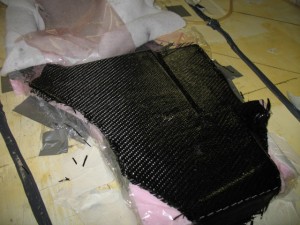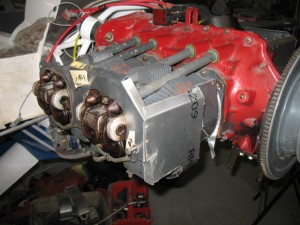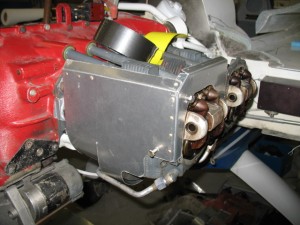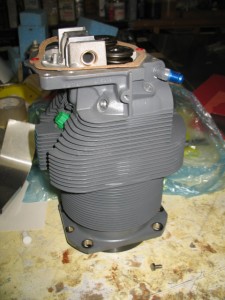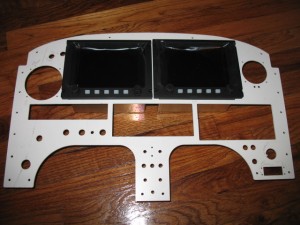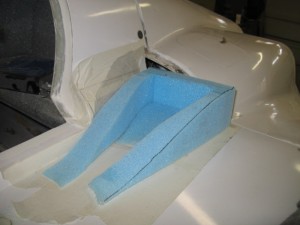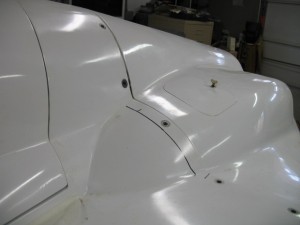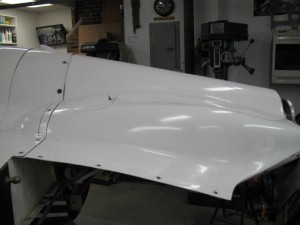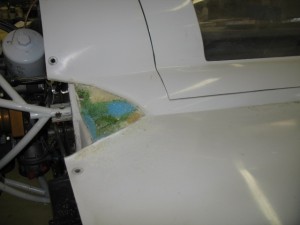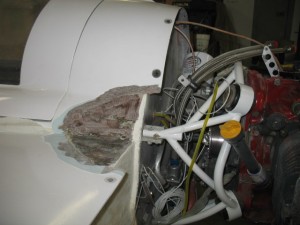It is the beginning of a new year. 2010. How does one say that these days? Is it ” Two Thousand Ten” or is it “Twenty Ten” ?
My pronouncement would be Twenty Ten, since the only reason we called the 20th decade as ” TWO THOUSAND AND ##” is because of the movie “2001, A Space Odyssey”. The naming of the movie influenced the entire next decade of yearly naming conventions. Can you imagine calling 2004 a “twenty oh four”. No, it is only because of this movie this decade was different.
Well, I am finally back to work on the plane. The last time I physically worked on the plane was on 27 Nov. For the month of Dec, I worked exclusively on the wiring diagrams of the plane. When I finished on 30 Dec, I had put in 132 hrs of drafting time. That’s about 25 hr with the holidays. I ended up with 35 pages of drawings and a half completed spreadsheet (it will be filled in as I wire the plane).
I decided to document the wiring in a similar way to my Toyota Truck Wiring Book is written. The drawings are broken down by systems like charging, starting, lights, com panel, etc.
This way if there is a problem with something electrical, it will be very easy to trouble shoot JUST that system. A light doesn’t work, it will be easy to see at a glance the entire lighting system without trying to dig out the wires of interest amongst other unrelated wire on a schematic. It is a MAJOR PITA to document everything this way and a little more difficult to wire but the effort was definitely worth it.
Now that the really hard part is done, the wiring plan, I can start back on finishing the things necessary to get me to the point of wiring. The engine is next. I want composite baffles on the plane instead of the aluminum type for more ridge baffles and better sealing of the cooling air. The currently installed baffles have massive air leaks around the perimeter.

Lots of red RTV is on the old baffles.
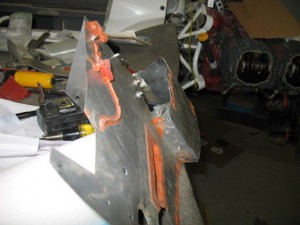
Composite baffles are more time consuming to make, but the advantages are perfect sealing of the engine, no cracking and you can do compound curved to attach the flexible baffles to. The extra effort creates is the best possible seal. We need the best possible cooling for the extra HP this engine is going to generate (estimated at 195 hp from a IO-320). The baffles will look a little strange, as it will be comprised of both composite and fiberglass but it is best to match each material to it’s unique physical properties.
Here is the bottom engine baffles.
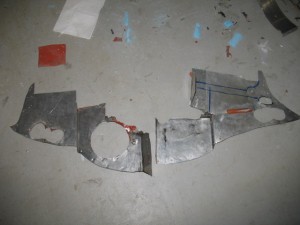
They were re-imagined in composites. The form is foam and the glass is lay-ed out in order of use.
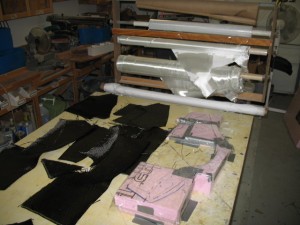
The part is vacuumed down to the table after coating with epoxy.
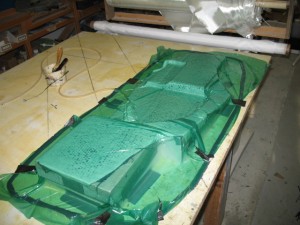
Carbon sure does look good when you are done and uncover your work. I’ll uncover the rest of the part tomorrow after the epoxy has had a chance to get a little harder.
